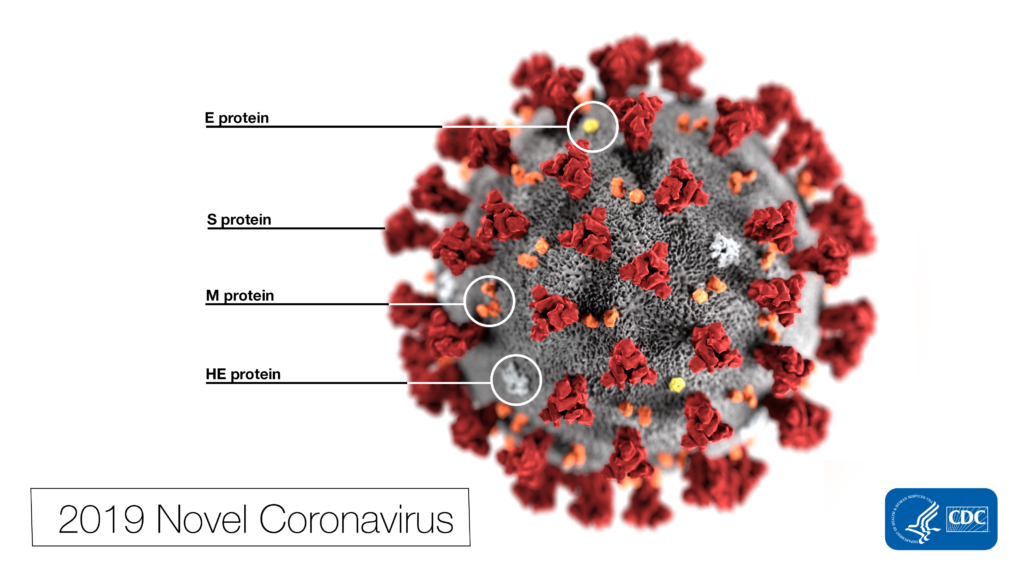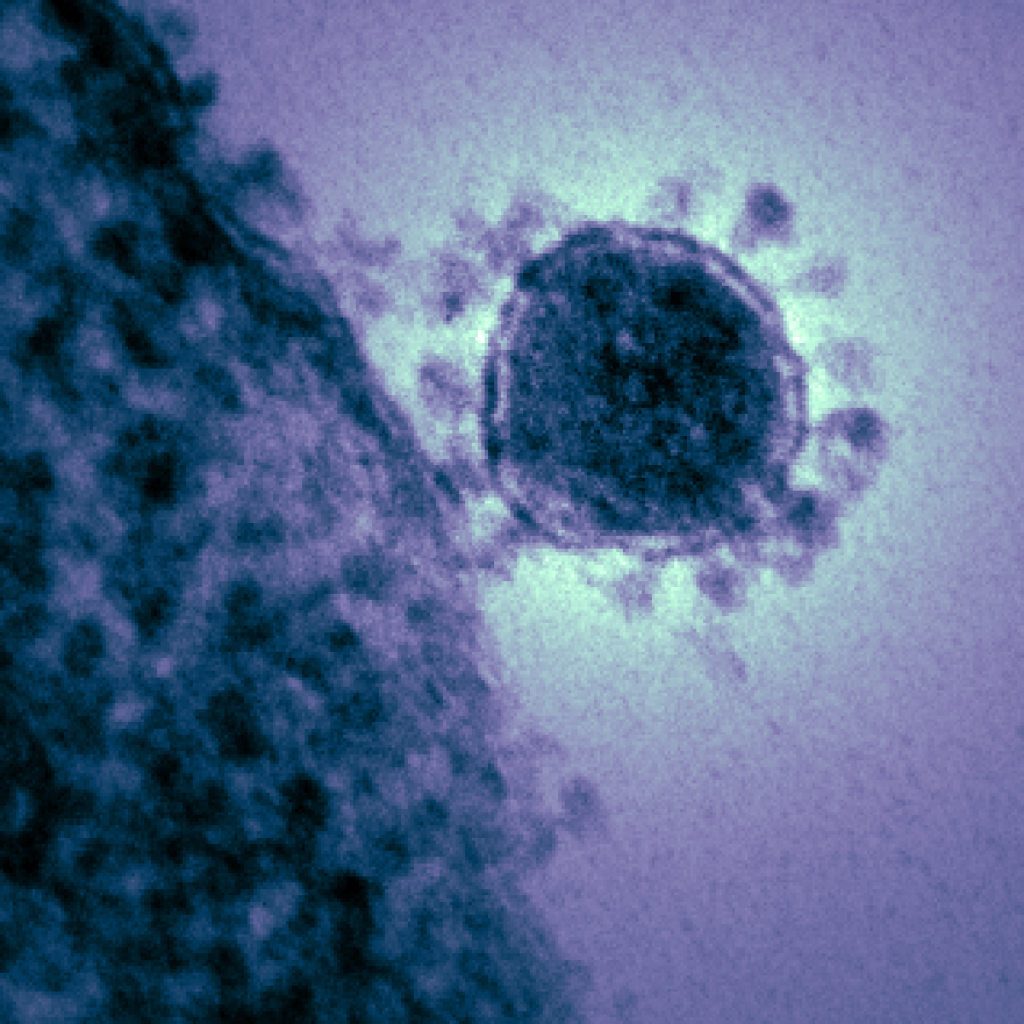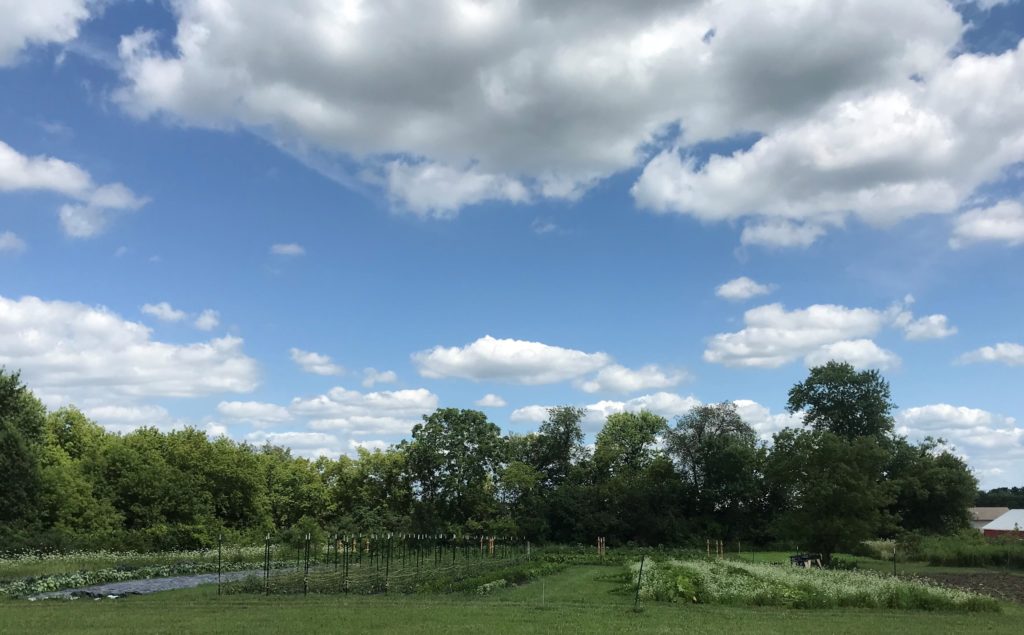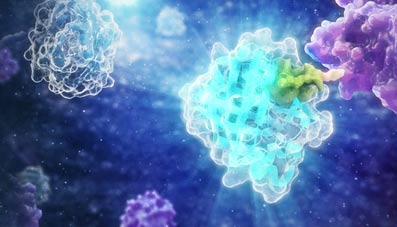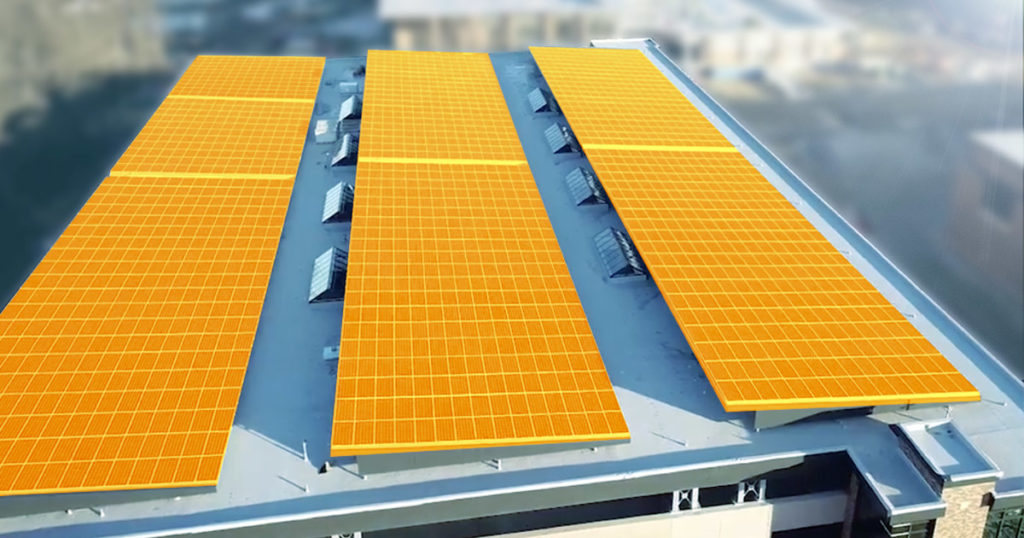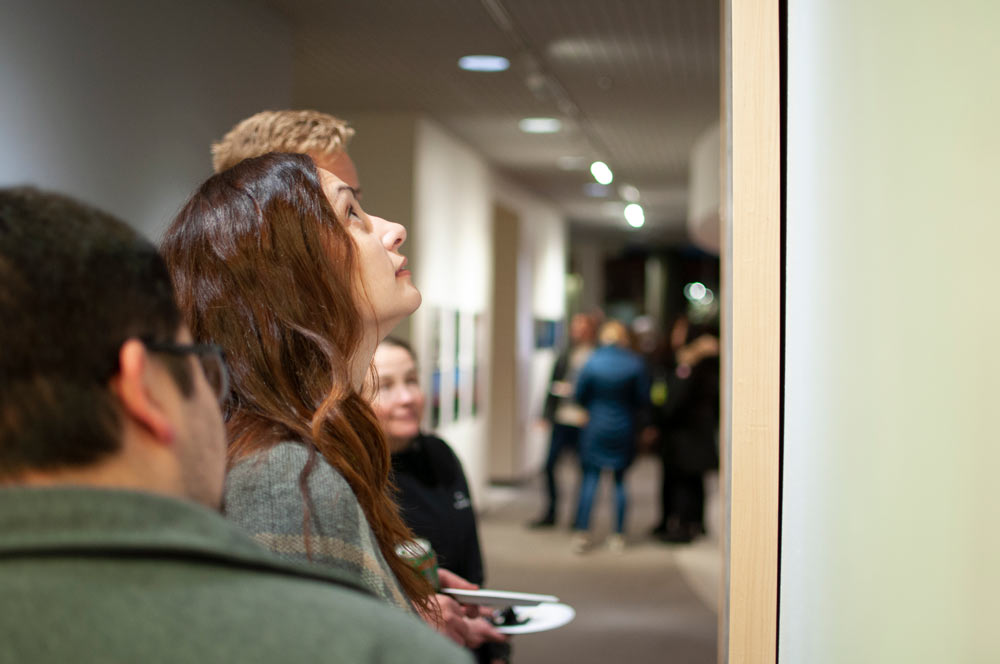Later this year, Promega will open a new R&D building with more than twice the current amount of lab space available on the Madison campus. While preparing to move to the new building, R&D scientists are cleaning out decades of scientific history housed in some of the older labs. Meagan Eggers, Promega Strategic Information Partner, is collaborating with the research groups to document and preserve noteworthy artifacts unearthed in the Research & Development Center. Over the next few months, we’ll showcase some of the most interesting things we find.
Spectrometer – 1960s-2000
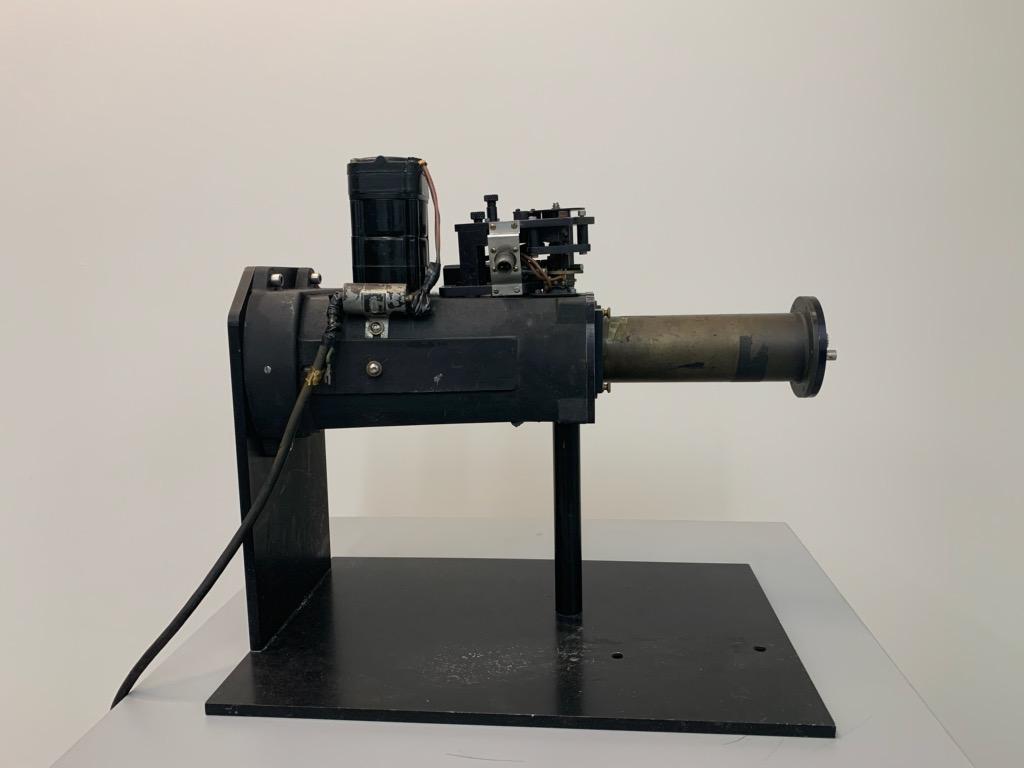
Promega research scientists began investigating bioluminescent proteins in the early 1990s. One of the most important tools in this research was the spectrometer pictured above, which was used to measure the emission spectra of many different organisms. Before it arrived at Promega, however, this spectrometer began in the space program.
Continue reading “Tidying Up With Promega R&D: Spectrometer From Space?”